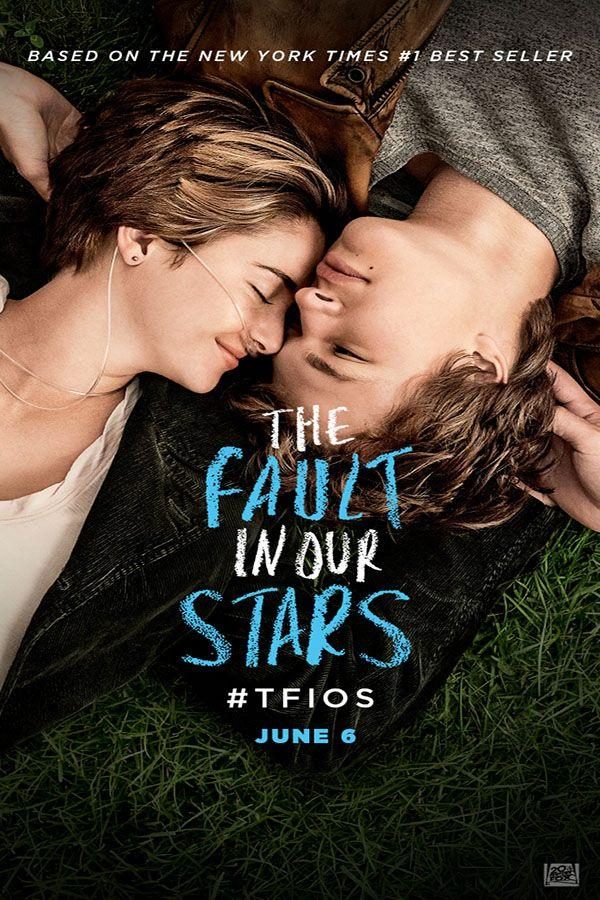“The Fault in Our Stars” Movie Review
A Touching Journey for both the Viewers and the Characters
June 19, 2014
Overall, I’d give The Fault In Our Stars a solid “B.”
For starters, I certainly enjoyed the beautiful scenery of the streets of Amsterdam. Such sights of splendor effortlessly lent themselves to the intense romantic mood. In contrast, however, the bleak scenes at the hospital and at home served as a stark reminder that time was to be short for this love story. All in all, these settings helped to contribute tremendously to the story’s soft feel of romanticism, as well as the harsh scraping of reality.
This movie really hit home with the audience, with millions feeling an intense emotional connection with the characters and the plot. This wasn’t one of those movies that you could sit passively and move on after it finished. No, this movie grabbed ahold of your heart and changed it. Truly, movies rarely impact its viewers in a way that makes them think. But The Fault In Our Stars had themes prevalent to all; it was impossible to be complacent after watching it.
As it deals with two young teens, sick with cancer, The Fault In Our Stars made people contemplate their lives. Hazel said “Oblivion is inevitable.” It’s a reality we all live with, but try to ignore. Of course, we’re all going to die; it’s just a matter of time. But this point seemed to resonate intensely with viewers. It made people ask themselves the hard questions, “What do I believe?” “What would I do with a terminal illness” “What will I do with my life so I get remembered?”
Likened to Romeo and Juliet, Hazel and Gus are the star cross’d lovers of The Fault In Our Stars. It is a more modern take, indeed, with illness, rather than the lovesickness of Romeo and Juliet. A love story at its heart, The Fault In Our Stars deals with the nitty gritty feelings of pain and love, two emotional polar opposites that are a daily dose in the lovers’ lives. The teens have to deal with pain, emotional and physical, on their journey. “Pain demands to be felt.” A more accurate statement was never spoken. It does indeed, as the majority of viewers, who went home in a puddle of tears, will attest.
Notwithstanding, the movie harbored imperfections, such as the very meeting of Hazel and Gus. Their story included love at first sight, which jarred viewers. Love at first sight is best left to Disney movies, and should not make an appearance in realistic movies. In fact, this highly improbable situation of love at first sight left many incredulous. And this incredulity was only amplified when Hazel and Gus shared their first kiss at the Anne Frank House. This kiss, while lovely in normal context, was marred by the insensitivity of the two young lovers. The Anne Frank House is built to remember the Holocaust and its immense impact on millions, not to have a steamy make-out session. Yet, the two thought it fine to kiss passionately in the symbolic heart of Anne and the many others who died from mass genocide. It was inappropriate, to say the least. Furthermore, Hazel is supposed to be sick with cancer, but she has a healthy glow throughout the movie, complete with a tan. If this didn’t sit right, there’s a reason.
But still, there was something special about the “little infinities” of Hazel and Gus. The intangible quality of hope that Hazel extended in the last scene exudes in all of us as we continue to live with pain, remembering those who’ve passed whom we’ve loved dearly. Yet with pain, we continue to live, because regardless of the threat of oblivion, we all simply want to be remembered by the few who loved us. And maybe being loved deeply by few will always be better than being loved widely by many. Perhaps this message made this movie so compelling.






































